Overview of Theseus' Redesign Process
Theseus has undergone a near-complete redesign since the 2022 competition, with a strong emphasis on reliability, simplicity, and serviceability. This redesign has propelled our 2024 efforts forward. Key changes include the introduction of a robust CAN Bus communication system at the core of the vehicle's architecture, enabling modular and efficient communication between essential nodes such as Remote Control, Battery Management System, Emergency Stop, and thruster drivers. Drawing from past experiences with complex and inefficient systems, we have ‘future-proofed’ our team's ability to grow and progress by adopting a more modular design. This approach not only improves our current competition performance but also establishes a foundation for ongoing team growth and knowledge transfer to junior members.
CAN Bus Communication System
At the core of Theseus’s design is a robust and modular architecture that supports both current performance and future scalability. The system is built on a CAN Bus communication network (CAN 2.0), providing reliable, high-speed data transfer between critical nodes. This design choice reduces wiring complexity, enhancing system reliability and ease of maintenance. It also enables a modular design, allowing for the easy addition or replacement of components, and offers robust error checking and fault tolerance, which is particularly crucial for operations in marine environments. We use MoTeC to visualise the CAN Bus messages and vital signs, such as the heartbeat of all nodes, with an alarm system set up to alert us if any node goes offline, ensuring constant system integrity.
Vision-Based Navigation
Our sensor integration strategy centres on creating a comprehensive environmental awareness system. This includes a 360° spinning mid-range LiDAR with a 31° field of view, a range of 0.05 m to 120 m, and an accuracy of ±1 cm, enabling precise 3D mapping of the environment. We use industrial-grade FLIR Blackfly cameras for visual data capture and object recognition, along with a spatial dual GPS system for accurate localisation and orientation data. A key innovation in our sensor suite is the implementation of vision fusion, which combines the strengths of both LiDAR and camera sensors. Cameras excel at object identification but lack precise 3D positioning, while LiDAR provides accurate 3D positioning but cannot identify objects. By merging these data streams, we create a more robust and comprehensive environmental awareness system, essential for tasks like "Follow the Path" and navigating "Entrance and Exit Gates." The success of our camera-LiDAR fusion depends on the careful calibration of two critical components: the intrinsic and extrinsic matrices.
ROS-Based Autonomy System
Our autonomy stack, built on ROS 2: Humble, leverages the framework’s capabilities for efficient inter-process communication and hardware abstraction. It includes task planning and sequencing modules, perception and object recognition algorithms, path planning, and state estimation and localisation modules. The computational backbone of our system comprises a Jetson Orin and a Tank NUC. The CUDA cores on the Jetson’s processor allow for faster preprocessing and inference of our object detection model, significantly boosting our real-time perception capabilities.
Thrust System Upgrade
Our propulsion system has been upgraded to a uniform configuration of T500 thrusters. Four fixed stern motors, two on each side, are aligned parallel to the pontoons, while two fixed bow thrusters are positioned perpendicular to the pontoons. This configuration simplifies our propulsion system while maintaining high manoeuvrability, which is essential for tasks like the Wildlife Encounter and Dock and Deliver. This upgrade was driven by our experience with previous, more complex motor systems that generated their own error states requiring management. The T500 thrusters, initially used only for our bows, proved to be easy to use, reliable, and performed precisely as needed, prompting their adoption across the entire propulsion system.
Autonomous Control Algorithm
The introduction of a Model Predictive Control (MPC) system represents a significant advancement in our control architecture. This replacement of our previous PID controller offers improved trajectory planning and obstacle avoidance, better handling of system constraints and nonlinearities, and an enhanced ability to anticipate and respond to changing environmental conditions. The MPC system's ability to predict a path using prediction and control horizons allows for more sophisticated navigation strategies, particularly useful in dynamic environments. Supported by our newly operational spatial dual GPS system, it provides highly accurate position and heading data. This combination allows for more precise navigation and manoeuvring, particularly beneficial for complex tasks like Dock and Deliver.
Future-Proofing Team Growth
Our design philosophy emphasises modularity and scalability, allowing for easier development, troubleshooting, and future iterations. This approach not only enhances our current competition performance but also establishes a foundation for sustained team growth and knowledge transfer to junior members. By breaking down the fundamentals of the boat into discrete components, such as thruster driver nodes and remote control nodes, the system becomes more approachable for first and second-year students. This modularity allows junior members to contribute effectively by working on individual nodes in isolation, which are basic and simple yet reliable, rather than tackling a complex microcontroller that manages everything.
For further information, please see NU Marine’s Technical Design Paper for 2024.
